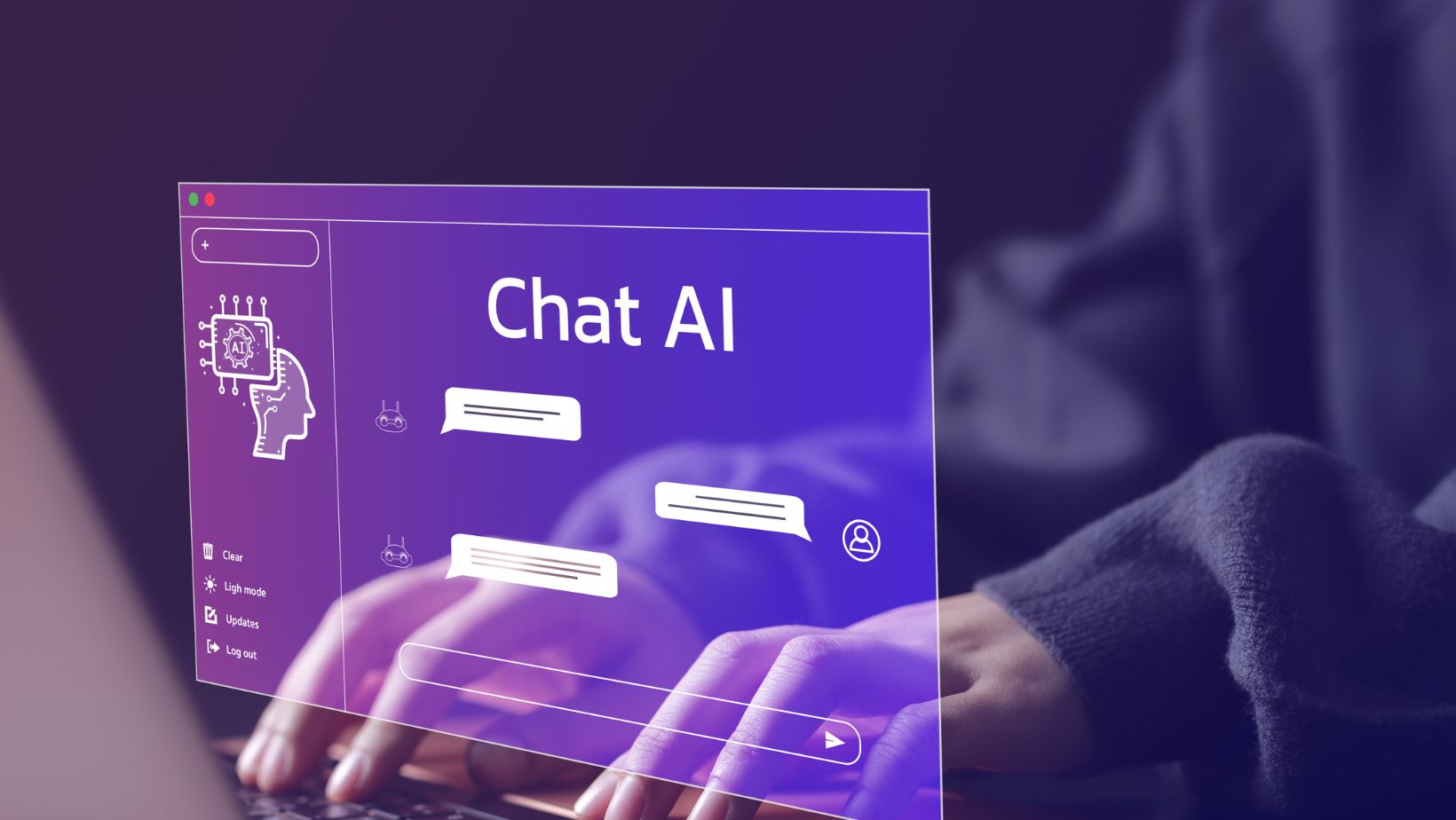In the past, maintaining a consistent brand identity was considered the gold standard. Brands would create a style guide — a set of rigid rules about colors, fonts, and logos — and apply them uniformly across every platform. But today’s audiences crave more than just consistency; they expect relevance, personalization, and adaptability. Enter the AI brand stylist: a new era where artificial intelligence dynamically personalizes a brand’s visual identity across platforms, keeping it fresh, responsive, and highly engaging.
From Static Brand Guides to Living, Breathing Identities
Traditionally, once a brand set its visual identity, changes happened infrequently — maybe a logo refresh every five to ten years or seasonal campaign tweaks. But the rise of AI-driven design tools is making it possible for brands to evolve visually in real-time without losing their core essence.
AI brand stylists use real-time data to create an AI branding kit by adjusting a brand’s color palettes, typography, imagery, and even layout styles based on shifting conditions like customer behavior, seasonal changes, trending aesthetics, or campaign performance metrics. Instead of one-size-fits-all branding, companies can now present a version of their brand that feels tailored to each moment and audience — without manual intervention.
How AI Personalizes Visual Elements Across Platforms
1. Seasonal Adaptation
Imagine a fitness brand whose typical color palette is blue and silver. During the winter holidays, an AI stylist could subtly incorporate deep reds, golds, or even snowy textures into its email banners, Instagram ads, or website — automatically. Once January fitness resolutions kick in, it might shift again to bright greens and energetic oranges without needing a human designer to overhaul every asset.
These amazing tools are already laying the groundwork for this kind of contextual creativity, enabling brands to generate seasonally appropriate assets on demand.
2. User Preference Adaptation
AI brand stylists can also personalize visual identity based on individual user behavior. For instance, if a user interacts more with minimalist product designs, the AI might show them cleaner ad layouts with ample white space. Another user who engages with vibrant, colorful posts might be served ads with saturated tones and playful typography — all while staying true to the brand’s core voice.
This hyper-personalization is driven by AI models analyzing user interactions, purchase histories, click-through rates, and even scroll behaviors, adapting brand visuals in ways that feel natural and intuitive.
3. Live Campaign Performance Optimization
In addition to seasonal or user-driven changes, AI tools can react in real time to what’s working (or not) during active marketing campaigns. If an ad using a blue-themed background underperforms compared to one with a green accent, the AI can automatically prioritize the better-performing palette across touchpoints like social media posts, retargeting ads, or email campaigns.
This agility eliminates the lag time of A/B testing cycles and empowers brands to be more experimental and responsive without significant resource investments.
Why This Matters: Staying Relevant in an Attention Economy
In today’s fragmented digital landscape, attention is currency. Consumers are inundated with hundreds of brands vying for their focus daily. Static branding risks becoming wallpaper — easily ignored. Dynamic, context-aware branding, however, can surprise and delight audiences, signaling that a brand is not just present but paying attention.
When a brand’s visual identity resonates with the current mood, season, or user’s style, it taps into a deeper psychological connection. It feels more alive. More human. More deserving of engagement.

In short, AI brand stylists don’t just make branding easier — they make branding smarter and more emotionally intelligent.
Addressing Potential Challenges: Maintaining Brand Integrity
One of the biggest risks with real-time brand adaptation is losing visual cohesion. If an AI tool makes changes that veer too far from a brand’s core identity, the result can feel disjointed or confusing to audiences.
To mitigate this, companies must set intelligent guardrails. AI should operate within pre-approved brand frameworks — such as a curated palette range, specific font families, and logo treatments. Think of it as giving the AI a sandbox to play in: plenty of room for creativity, but with clear boundaries.
Additionally, human oversight remains critical. Creative directors and brand managers need to regularly audit AI-driven outputs to ensure they align with the brand’s ethos and long-term vision.
Future Horizons: AI as a Collaborative Brand Partner
As AI brand stylists continue to evolve, their role will likely shift from being just assistants to collaborative creative partners. Future AI systems may predict cultural shifts before they fully emerge, helping brands prepare their visual identity months in advance. They might also recommend new visual experiments based on global data patterns, nudging brands toward bold innovations they might not have considered on their own.
Imagine a world where AI not only changes your banner colors for Valentine’s Day but also suggests a new typography style based on the rise of neo-art deco aesthetics among your target Gen Z audience — weeks before the trend hits mainstream.

This is not a distant future. It’s already beginning.
The New Age of Fluid Branding
The rise of AI brand stylists marks a profound shift in how companies approach visual identity. No longer locked into rigid, slow-moving systems, brands now have the tools to become fluid, responsive, and deeply personal — traits that today’s consumers value more than ever.
Brands that embrace AI-driven personalization while maintaining their core integrity will not only stand out visually but will forge stronger emotional bonds with their audiences. As branding continues to blur the line between art and science, AI is proving to be an indispensable brush in the modern marketer’s toolkit.

